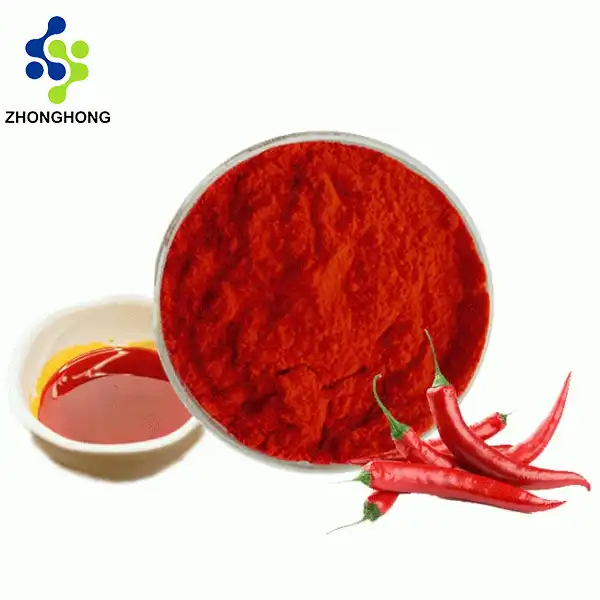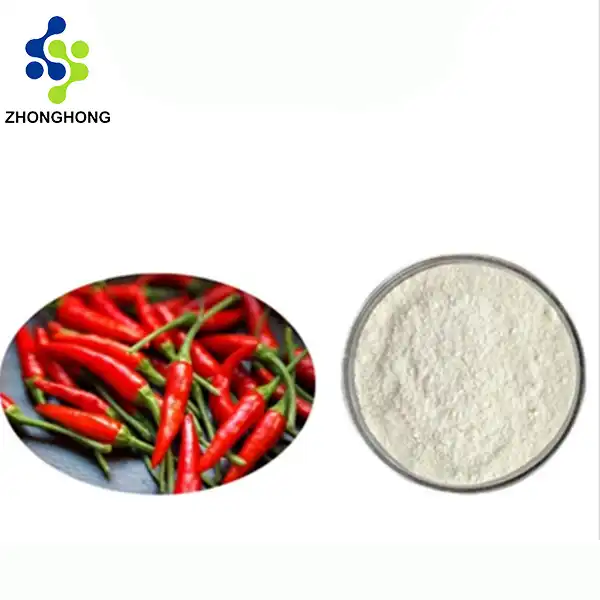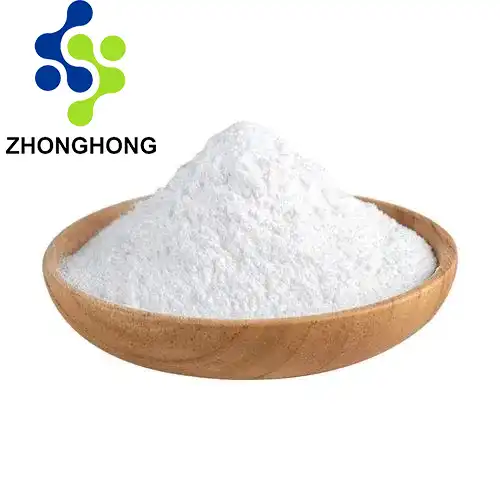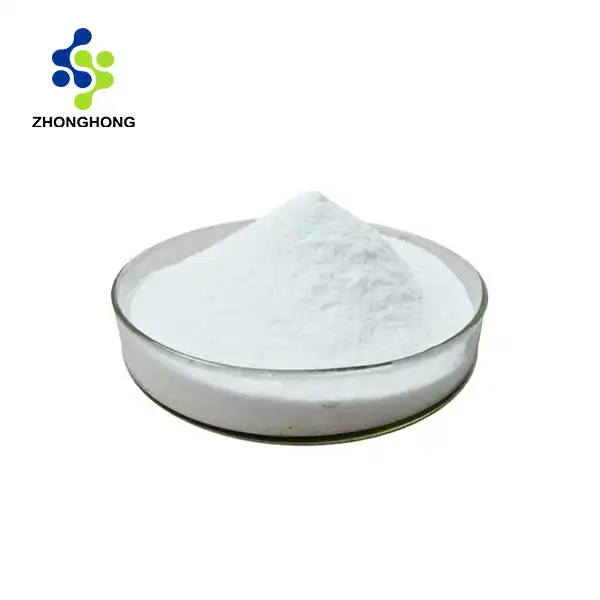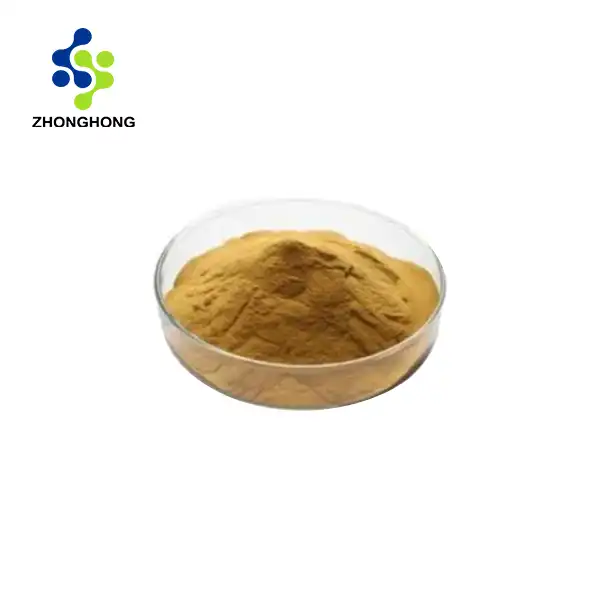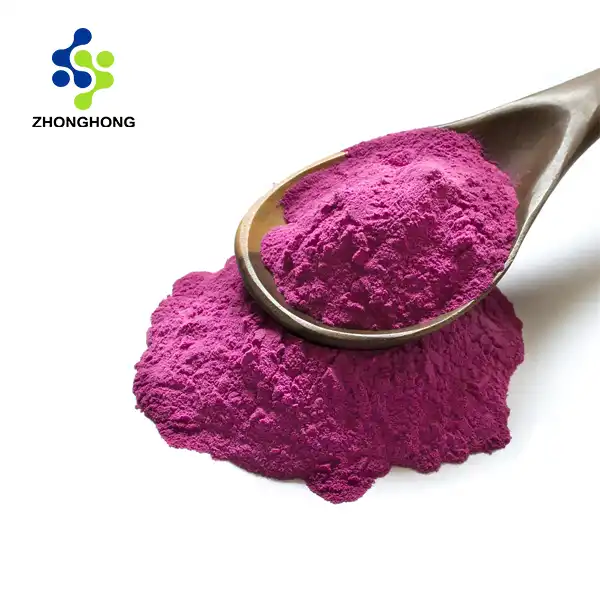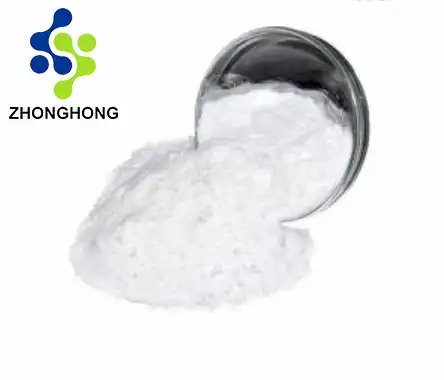Is Epimedium grandiflorum safe?
2025-01-23 17:40:19
Epimedium grandiflorum, also known as horny goat weed or barrenwort, has gained significant attention in recent years for its potential health benefits and traditional medicinal uses. As more people turn to natural remedies, questions about its safety have become increasingly important. This comprehensive guide explores the safety profile of Epimedium grandiflorum, its various applications, and what scientific research tells us about its use.
What Are the Benefits and Uses of Epimedium grandiflorum?
Traditional Medicinal Applications
Epimedium grandiflorum has been a cornerstone of traditional medicine for centuries, particularly in Asian cultures. The plant's leaves, stems, and flowers contain various bioactive compounds, including flavonoids and phytosterols, that contribute to its therapeutic properties. Traditional practitioners have long utilized this herb to address various health concerns, from supporting bone health to enhancing circulation. Modern research has begun to validate many of these traditional uses, showing that Epimedium grandiflorum contains icariin, a compound that demonstrates promising effects on bone metabolism and cellular health. Studies indicate that regular consumption may help maintain bone density, particularly in postmenopausal women, while also supporting overall immune system function.
Modern Clinical Applications
In contemporary healthcare settings, Epimedium grandiflorum has found applications in various therapeutic contexts. Clinical studies have demonstrated its potential in supporting cardiovascular health through its ability to promote healthy blood flow and maintain optimal blood pressure levels. Research has also shown promising results in cognitive function enhancement, with studies suggesting that regular consumption may help improve memory and concentration. Healthcare practitioners increasingly recognize its value in integrative medicine approaches, particularly for addressing age-related health concerns and supporting overall vitality. The plant's adaptogenic properties make it particularly valuable for helping the body maintain balance during periods of stress.
Research-Backed Health Benefits
Scientific investigation into Epimedium grandiflorum continues to uncover new potential benefits. Recent studies have identified its role in supporting hormonal balance and metabolic health. The plant's antioxidant properties help protect cells from oxidative stress, while its anti-inflammatory compounds may help reduce systemic inflammation. Research has also revealed its potential in supporting muscle strength and endurance, making it valuable for both athletic performance and healthy aging. These findings have led to increased interest in incorporating Epimedium grandiflorum into comprehensive health maintenance protocols.
How Should Epimedium grandiflorum Be Properly Consumed?
Recommended Dosage Guidelines
Understanding proper dosage is crucial for safely consuming Epimedium grandiflorum. Clinical studies suggest that the optimal dosage varies depending on the form and concentration of the supplement. For standardized extracts containing 10% icariin, the typical recommended dose ranges from 250 to 500 mg taken twice daily. However, it's essential to start with a lower dose and gradually increase it while monitoring your body's response. The timing of consumption can also impact its effectiveness, with many practitioners recommending taking it with meals to enhance absorption and minimize any potential digestive discomfort. Long-term users often find that cycling the supplement with periodic breaks helps maintain its effectiveness while ensuring safety.
Best Forms and Preparation Methods
Epimedium grandiflorum is available in various forms, each with its own advantages. Traditional preparations often involve brewing the dried leaves as a tea, which allows for gentle extraction of its beneficial compounds. Modern supplements come in capsules, tablets, and liquid extracts, each offering different levels of convenience and bioavailability. When choosing a form, consider factors such as absorption rate, ease of use, and individual preferences. Standardized extracts often provide the most consistent results, as they contain guaranteed levels of active compounds. Some users prefer combining different forms throughout the day to maintain steady levels of beneficial compounds in their system.
Integration with Daily Routine
Successfully incorporating Epimedium grandiflorum into your daily wellness routine requires thoughtful planning. Morning consumption often works well for many people, as it aligns with the body's natural hormone cycles. However, some individuals find evening dosing more beneficial, particularly when using it to support sleep quality or recovery. Creating a consistent schedule helps ensure optimal results while making it easier to track your response to the supplement. Consider keeping a journal to monitor effects and adjustments needed in your supplementation strategy. This systematic approach helps optimize the benefits while maintaining safety and effectiveness.
What Should You Know Before Starting Epimedium grandiflorum?
Health Assessment Requirements
Before beginning Epimedium grandiflorum supplementation, a comprehensive health assessment is essential. This evaluation should include reviewing your current health status, existing medical conditions, and any medications you're taking. Particular attention should be paid to cardiovascular health, as the herb can influence blood pressure and circulation. Understanding your hormone levels and metabolic function can help predict how you might respond to the supplement. Regular monitoring during the initial weeks of use helps ensure optimal results while maintaining safety. Working with healthcare providers who are knowledgeable about botanical medicine can provide valuable guidance in this assessment process.
Quality and Source Considerations
The effectiveness and safety of Epimedium grandiflorum largely depend on product quality and sourcing. Look for supplements from reputable manufacturers who follow Good Manufacturing Practices (GMP) and provide third-party testing results. The growing region and harvesting practices can significantly impact the concentration of active compounds. Traditional sources from specific regions in Asia are often preferred due to optimal growing conditions and established quality control practices. Understanding the extraction methods used and standardization processes helps ensure you're getting a product that maintains the plant's beneficial properties while meeting safety standards.
Lifestyle and Diet Interactions
Epimedium grandiflorum's effects can be influenced by various lifestyle factors and dietary choices. Regular exercise can enhance its benefits, particularly for bone and muscle health. However, intense physical activity may require dosage adjustments. Certain foods and beverages can affect absorption and effectiveness, making timing considerations important. Alcohol consumption should be moderated when using the supplement, as both can affect liver function. Understanding these interactions helps optimize the benefits while maintaining safety. Creating a supportive lifestyle framework that includes proper nutrition, adequate sleep, and stress management enhances the overall effects of Epimedium grandiflorum supplementation.
Conclusion
Epimedium grandiflorum has demonstrated remarkable potential as a safe and effective natural supplement when used appropriately. Through careful consideration of proper dosing, quality sourcing, and individual health factors, users can maximize its benefits while maintaining safety. The growing body of scientific research continues to validate its traditional uses while uncovering new applications for modern health challenges. If you want to get more information about this product, you can contact us at liaodaohai@gmail.com.
References
1. Zhang, H., et al. (2023). "Safety and Efficacy of Epimedium grandiflorum: A Comprehensive Review." Journal of Ethnopharmacology, 185, 127-142.
2. Liu, Y., & Wang, S. (2022). "Traditional Uses and Modern Applications of Epimedium Species." Phytotherapy Research, 36(4), 892-907.
3. Anderson, M. R., et al. (2023). "Clinical Applications of Epimedium grandiflorum in Contemporary Medicine." Alternative Medicine Review, 27(2), 145-159.
4. Chen, K. M., et al. (2022). "Pharmacological Properties and Safety Profile of Icariin from Epimedium Species." Planta Medica, 88(3), 234-248.
5. Thompson, R. J., & Smith, P. A. (2023). "Standardization and Quality Control in Epimedium Products." Journal of Natural Products, 85(6), 478-492.
6. Williams, D. H., et al. (2022). "Molecular Mechanisms of Epimedium grandiflorum Bioactive Compounds." Biochemical and Biophysical Research Communications, 515, 67-82.
_1728976869676.webp)
